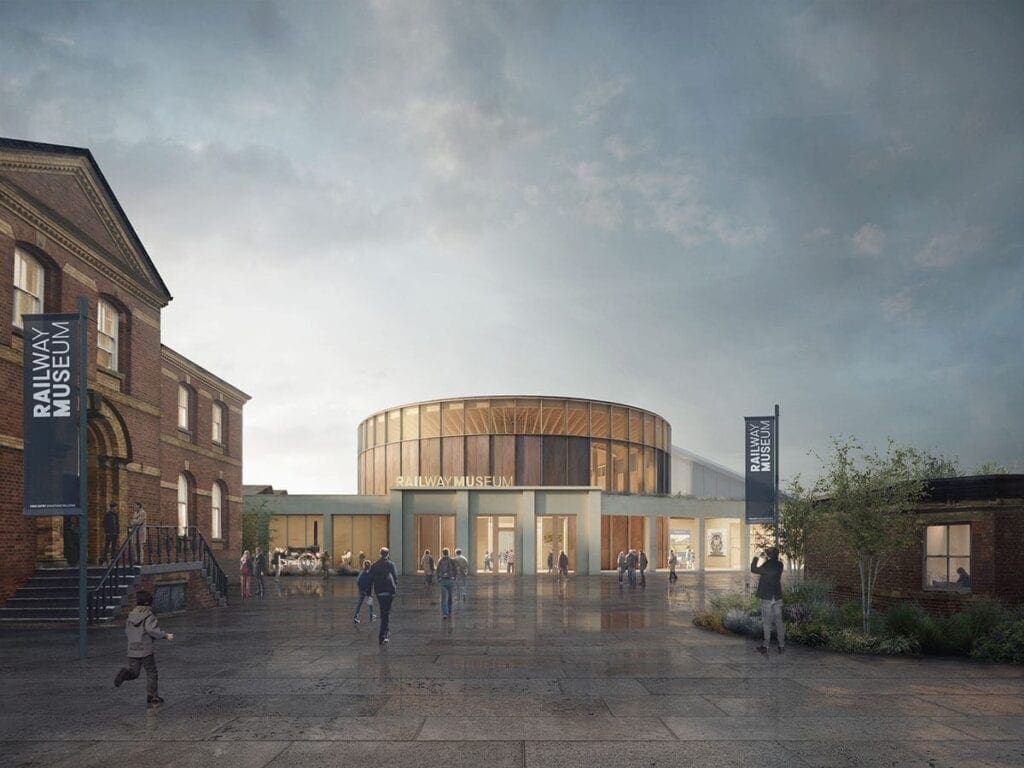
The National Railway Museum and the Science Museum Group have set targets to achieve Net Zero by 2033.
The museum says it is committed to changing the way it works to achieve a balance between the amount of greenhouse gas emissions produced and the amount removed from the atmosphere.
Related articles
- Swanage Railway reopens with social distancing measures
- Cutting crowding would boost public transport demand, survey suggests
- Severn Valley Railway and Railcam launch livestream camera network
Small but significant day to day measures such as reducing food waste in the museum’s cafés, to the design and build of the museum’s new masterplan galleries and buildings will be introduced.
Monthly Subscription: Enjoy more Railway Magazine reading each month with free delivery to you door, and access to over 100 years in the archive, all for just £5.35 per month.
Click here to subscribe & save
The new Central Hall building, scheduled to open in 2025 will reduce reliance on concrete and steel by creating a timber frame structure. A combination of passive design principles and active systems, including the use of recycled copper, will reduce the National Railway Museum’s operational carbon footprint by 80%.
Judith McNicol, Director of the National Railway Museum, said: “Vision 2025 is our £55m transformation to become the world’s railway museum.
“It is a once in a generation opportunity to connect the past with the present and to inspire the innovators and problem-solvers of the future and it is only right that environmental sustainability is embedded into this journey. It colours and informs our approach for design, construction, operation and engagement.
“Achieving Net Zero will benefit our visitors and the wider local community and our response is driven by a sense of urgency and purpose: to think big and to leave a positive legacy for those who follow.”
The museum’s commitment to sustainability will not affect on-site train rides or the operation of steam locomotives such as Flying Scotsman at heritage railways and on the main line.
Working steam locomotives are positive ambassadors for the museum and can significantly enhance the visitor experience. According to current estimates, the operation of rail vehicles accounts for just 3% of the Group’s overall carbon footprint.
Alongside putting sustainability at the heart of the organisation’s work, the museum will focus on sustainability and climate change in its public programme throughout 2021.
Available to book from today are the latest talks for the Science Museum Group’s global event series Climate Talks which aim to lead public engagement with climate science in the run up to COP26 in Glasgow in November 2021.
The National Railway Museum will reopen its doors to the public on May 19, 2021.
More information will be announced later this month, but visitors will be asked to book online in advance and follow social distancing. Tickets will be available from April 26.
Visit the National Railway Musuem website for more details.




